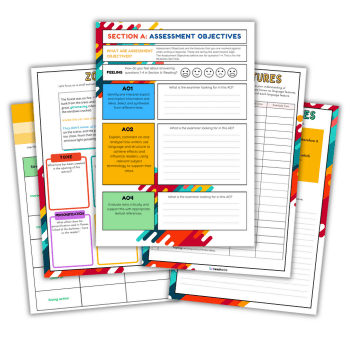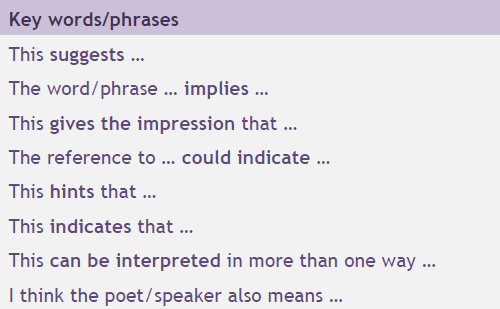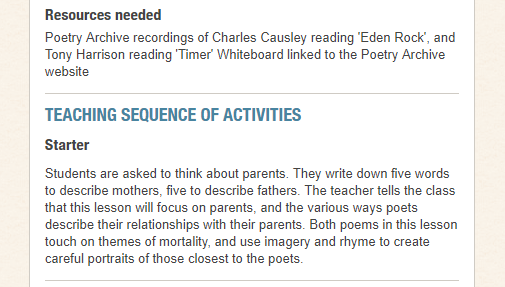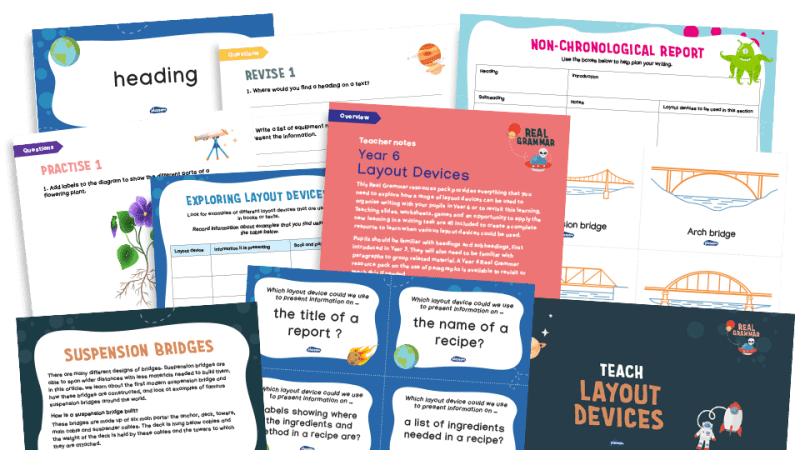7 of the best poetry analysis resources for KS3 English

Get your Year 7s excited about approaching poetry with this collection of fantastic resources…

- by Lloyd Burgess
- Former editor of Teachwire

1 | Poetry analysis vocabulary

It can be hard for students to start analysing poems if they don’t know the sort of questions they should be asking, or the terminology required to express their thoughts.
Never fear, this brief worksheet on poetry analysis vocabulary will give them a good place to start. (This poetry glossary will come in handy too.)
2 | ‘They’ by Siegfreid Sassoon

A great example poem to use is Siegfried Sassoon’s ‘They’, a First World War piece about the vast chasm between the propaganda offered to the general public and the actual experiences of those sent to fight.
This excellent short video on the BBC website gives a short context to the poem, and has an animated reading to really emphasise all of the poetic devices with which students will be starting to get to grips.
Written in two short stanzas from the perspectives of a bishop and a soldier, its ideal for contrasting the language used in each and looking at voice and perspective.
Here’s the poem in full:
‘They’ by Siegfried Sassoon
The Bishop tells us: ‘When the boys come back
‘They will not be the same; for they’ll have fought
‘In a just cause: they lead the last attack
‘On Anti-Christ; their comrades’ blood has bought
‘New right to breed an honourable race,
‘They have challenged Death and dared him face to face.’
‘We’re none of us the same!’ the boys reply.
‘For George lost both his legs; and Bill’s stone blind;
‘Poor Jim’s shot through the lungs and like to die;
‘And Bert’s gone syphilitic: you’ll not find
‘A chap who’s served that hasn’t found some change.
‘And the Bishop said: ‘The ways of God are strange!’
And here you’ll find the video and accompanying classroom ideas.
3 | Use a variety of verse to teach key poetry analysis skills

The aim of this lesson is introduce students to the basic techniques for analysing poetry and hopefully, get them interested in studying it!
Students will learn key skills such as the ability to embed quotations and identify layers of meaning within a text. They should also be able to identify the viewpoint of the writer and apply criticism.
The poetry of Maya Angelou, Wilfred Owen and Carol Ann Duffy gives students a variety of poetic styles and allows them to develop their preferences and opinions.
Download this free lesson plan here.
4 | Poetry through song lyrics

Of course, encouraging pupils to analyse music they love is a brilliant way to get them excited about poetry, which is exactly what this lesson plan helps you do.
You can look at the links between the two forms, identifying poetic techniques in song lyrics, and help them understand the tone of a song by analysing key lyrics.
5 | Picture the poet

Picture the Poet is a partnership programme between the National Literacy Trust, the National Portrait Gallery and poetry organisation, Apples and Snakes.
Aimed at years 5-7, this teaching resource pack offers a wide range of standalone poetry activities for the classroom, whilst complementing the Picture the Poet touring exhibition and a selection of outstanding photographic portraits of poets from the National Portrait Gallery’s Collection.
The pack helps encourage pupils towards a curiosity about poems and how they work, giving them a willingness to play with language and a desire to discover and define their individual poetry style.
These portraits and poets offer pupils a creative way into poetry, their ideas and their imagined world. In doing so they can connect with language and engage with literacy on their own terms.
Get this resource on the National Literacy Trust site here.
Image credit: © Donald MacLellan, 1996
6 | Spoken-word poetry

If you still need to hook students on poetry, with this lesson you just need to get slammin’ to have even the most unengaged students writing brilliantly.
There are activities on antitheses, using powerful images as stimuli, rhymes and half-rhymes and more, and students will learn to create their own evocative slam poem.
Download this free PDF lesson plan here.
7 | How language choices create meaning

This Poetry Archive lesson plan uses two poems based on the themes of parents and bereavement – ‘Eden Rock’ by Charles Causley and ‘Timer’ by Tony Harrison.
Students will study the poems then write a story imagining the history of either poet’s parents before the poets were born, in order to understand the ways poets use language to create meanings beyond the correlation of word and object.










